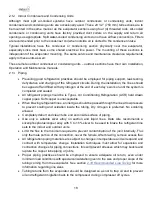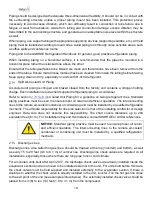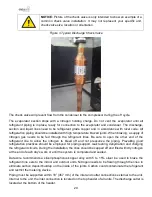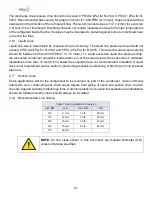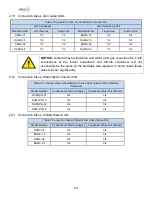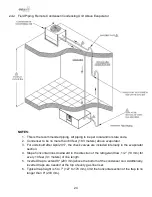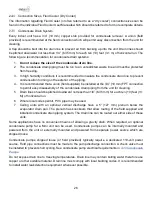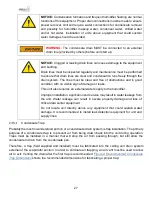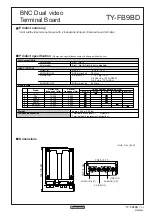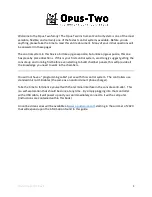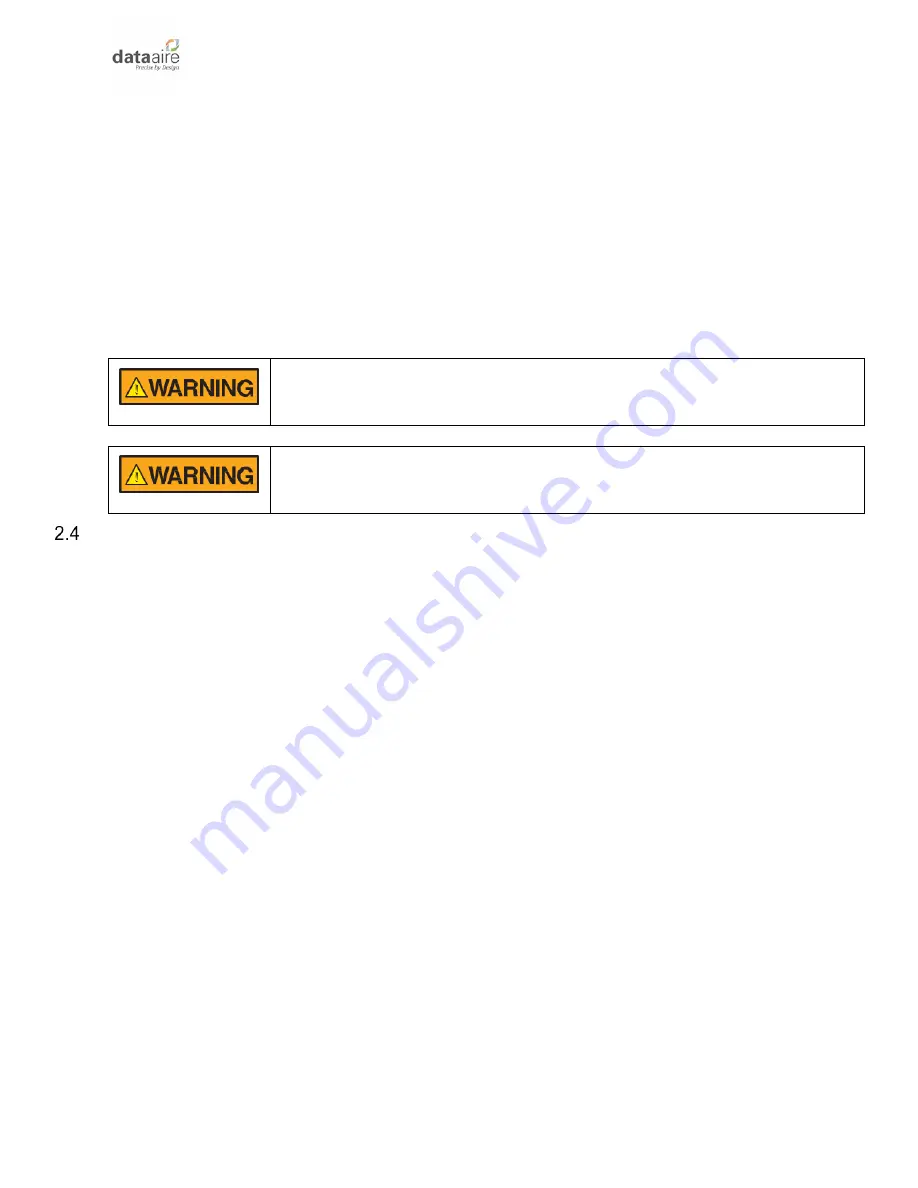
13
unit. A minimum clearance equal to the width of the unit is suggested on one side of the unit
for removing the coil or fan assembly. Add dimension of pipe chase, ducts, control and
electrical panels, etc. to minimum clearances. Allow additional clearance as required by local
and national codes.
•
It is also necessary to consider access requirements for safe operation and maintenance of
the unit, and power and control panels. Local health and safety regulations, or practical
considerations for service replacement of large components (such as coil), may require larger
clearances.
•
Clearance dimensions provided elsewhere are necessary to maintain proper service access.
If clearances given are not maintained, service the unit will be more difficult or impossible
maintain.
WARNING:
Risk of improper moving, can cause equipment damage,
injury or death.
WARNING:
Before removing from the packaging inspect the unit for any
damage. Report any damage to the carrier and file a damage claim.
Room Considerations
Precision air conditioning equipment is designed to control spaces within close tolerances of
temperature and humidity. However, the room must be built with a proper vapor barrier. A film of
polyethylene is often used on walls and ceilings. Walls and floors must also be painted with vapor-seal
paint. All doors to the controlled space should be equipped with weather seals to prevent the infiltration
of non-neutral conditioned air from entering the space. Failure to provide a vapor barrier can
compromise the ability to control space conditions.
Introduction of outside air into the space should be minimized. Outside air in excess of 5% of the total
circulated air volume can have a significant effect on the overall space conditions and result in poor
space control. All outside air that is introduced should be conditioned to the humidity and temperature
parameters of the computer room air cond
itioned (CRAC) unit setpoints to maintain the room’s design
conditions.
•
Install the units as close as possible to the largest heat load.
•
Verify the ceiling is level, solid and enough to support the unit. The equipment must be level to
operate properly and prevent damage to the internal components. Shimming may be necessary.
This is to ensure the unit base is on a perfectly flat plane.
•
It is recommended that support is structurally engineered to prevent flexing, sagging or twisting.
Do not obstruct door operation, filter access, piping, electrical control panel or control
connections.
•
Avoid the transfer of vibrations to the mounting materials which may cause audible noise.
Summary of Contents for DAMA-01
Page 1: ......
Page 82: ...MiniCeiling_IOM 10 2022...


















